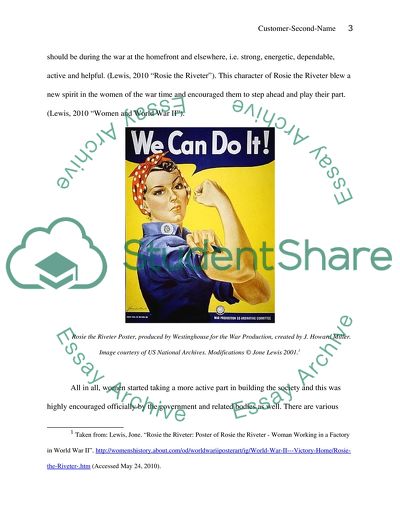Cite this document
(Roles of Women in World War II Research Paper Example | Topics and Well Written Essays - 1500 words, n.d.)
Roles of Women in World War II Research Paper Example | Topics and Well Written Essays - 1500 words. Retrieved from https://studentshare.org/history/1738517-womens-roles-in-wwii
Roles of Women in World War II Research Paper Example | Topics and Well Written Essays - 1500 words. Retrieved from https://studentshare.org/history/1738517-womens-roles-in-wwii
(Roles of Women in World War II Research Paper Example | Topics and Well Written Essays - 1500 Words)
Roles of Women in World War II Research Paper Example | Topics and Well Written Essays - 1500 Words. https://studentshare.org/history/1738517-womens-roles-in-wwii.
Roles of Women in World War II Research Paper Example | Topics and Well Written Essays - 1500 Words. https://studentshare.org/history/1738517-womens-roles-in-wwii.
“Roles of Women in World War II Research Paper Example | Topics and Well Written Essays - 1500 Words”, n.d. https://studentshare.org/history/1738517-womens-roles-in-wwii.


